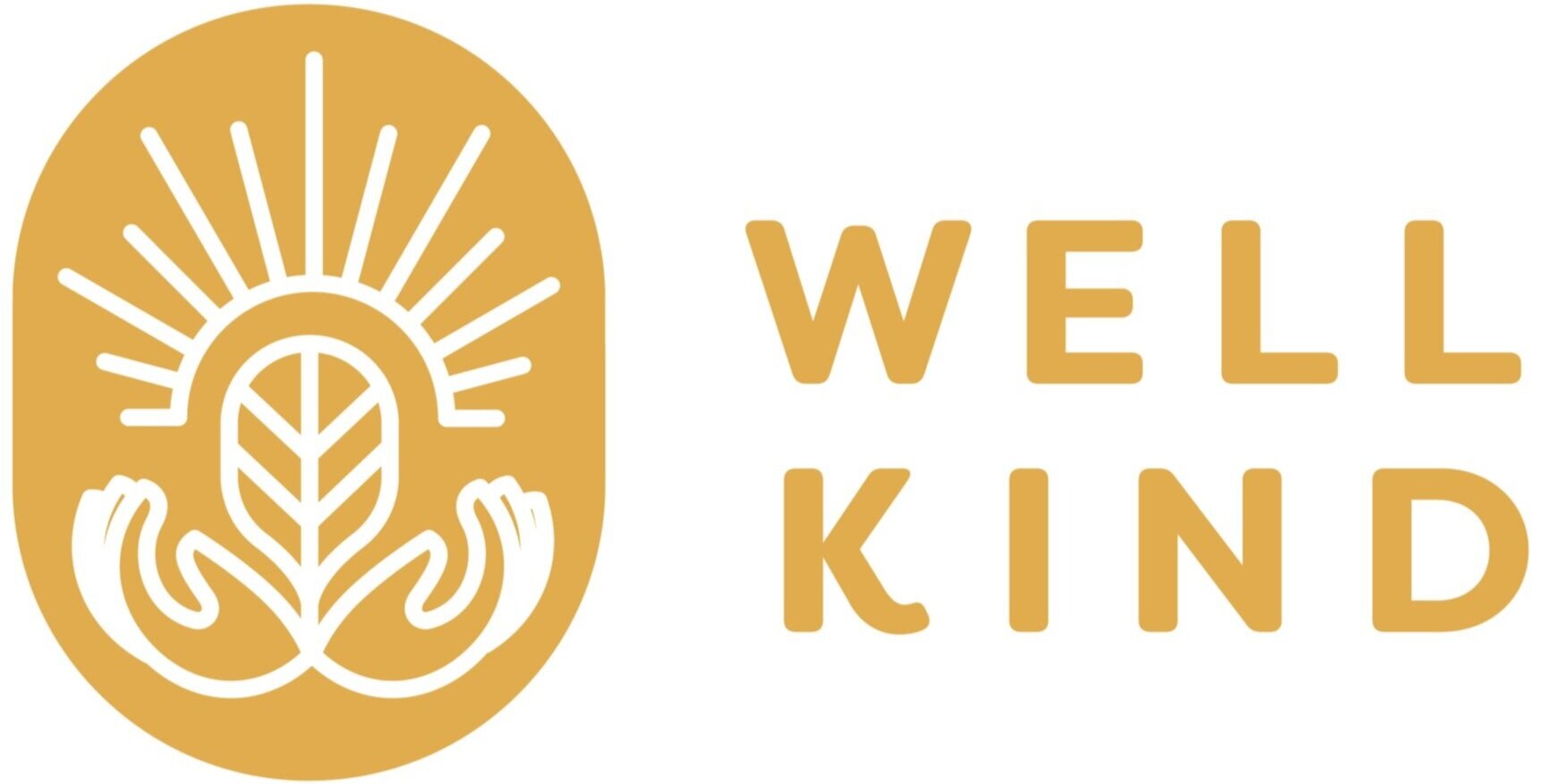How Are Oceans and Forests Connected? The Answer May Surprise You
By Mikaila Levine, WellKind Forestry Intern
Mikaila Levine was an intern for WellKind Forestry during our fall 2022 session, exploring the ocean-forest connection and other environmental topics.
On November 3rd, 2022, students from Tamalpais High School and Archie Williams High’s SEADISC program (Students of the Environmental Academy Doing Integrated Science Curricula) explored the fascinating connections between oceans and forests. Students met with representatives from three exciting organizations: WellKind, the Salmon Protection and Watershed Network (SPAWN), and the Archangel Ancient Tree Archive.
The Archangel Ancient Tree Archive taught them about seed banks and cloning old-growth trees, and SPAWN taught them how salmon reproduce through spawning. Then, those topics were combined. The students learned about how salmon bring nutrients up from the ocean, and how once they die after spawning, those nutrients are absorbed by the soil and tree roots, eventually aiding in tree growth.
As I will show in this blog, these conclusions have been supported by a number of peer-reviewed studies.
The Key to Understanding Forest Health Lies in the Fish
A 2006 study traced nitrogen, one of the primary nutrients salmon bring up from the ocean, in trees surrounding a creek (Drake et al., 2006). The authors found that 64% of the initial nitrogen was taken up by the soil microbiota at only 14 days. Within seven days, the roots of a nearby Western Red Cedar had absorbed the nitrogen. Six months after the project began, close to 40% of the initial amount of nitrogen was still found in the tree tissue. This proved that the nitrogen from the salmon had been sucked up by the trees and was used to help the trees grow. And even six months later, it was still being used and held in the trees.
The study aimed to track the nitrogen moving from the creek to the trees, in an effort to find a correlation between salmon abundance and creek growth. The researchers concluded that there was indeed a high correlation between the presence of salmon and improved tree growth: “The large portion of tracer N taken up in the fall and reallocated to leaves and stems the following spring provides mechanistic evidence for a one-year-lagged tree-growth response to salmon nutrients” (Drake, et al., 2006). In a nutshell, trees depend on healthy salmon to survive.
Another study found that salmon carcasses directly affect tree growth. Quinn et al. (2018) studied a bank of a river where salmon carcasses were rotting into the soil. Using stable isotope analysis, they found that “marine-derived N [nitrogen] was incorporated into the new growth of the trees on the enhanced [added carcasses] bank.” The nitrogen was proven to aid in the trees’ growth. It was marine-derived because it was coming from salmon who travel from the ocean up the creeks and rivers eventually bringing the nutrients (including nitrogen) from the ocean to the plants and trees in the area surrounding creeks and rivers.
After the experiment was over, upon further analysis, the researches realized the trees on the enhanced side had previously (20 years prior) grown at a slower rate, to begin with—further proving salmon carcasses aided in tree growth even against outside factors.
So What Can We Do?
Unfortunately, due to dam construction, drought, and overfishing, salmon populations are dwindling (Wilson, 2021). Soon, the critical nutrients these fish bring from the ocean will no longer reach the trees that rely on them for growth.
We need to work to stop this downturn and reverse some of the damage. We can do this by being aware of the fish we’re buying and where it’s coming from, voting to not make new dams and toremove old dams, using less water, and educating others—especially our youth—on the problems occurring and how we can reverse them.
WellKind’s focus on educating youth is an essential piece in restoring forests, growing new trees, and fighting climate change!
References
Drake, D. C., Naiman, R. J., Bechtold, J. S. (2006). Fate of nitrogen in riparian forest soils and trees: An 15N tracer study simulating salmon decay. Ecological Society of America, 87(5). https://doi.org/10.1890/0012-9658(2006)87[1256:FONIRF]2.0.CO;2
Helfield, J. M., Naiman, R.J. (2001). Effects of salmon-derived nitrogen on riparian forest growth and implications for stream productivity. Ecological Society of America, 82(9). https://doi.org/10.1890/0012-9658(2001)082[2403:EOSDNO]2.0.CO;2
Nature Conservancy. (n.d.). Trees Prevent Stormwater Pollution. The Nature Conservancy, stories in Washington. The Nature Conservancy. https://www.nature.org/en-us/about-us/where-we-work/united-states/washington/stories-in-washington/trees-prevent-stormwater-pollution/#:~:text=For%20the%20water%20that%20hits,flows%20to%20recharge%20the%20groundwater
Quinn T. P., Helfield, J. M., Austin, C. S., Hovel, R. A., Bunn, A. G. (2018). A multidecade experiment shows that fertilization by salmon carcasses enhanced tree growth in the riparian zone. Ecological Society of America, 99(11). https://esajournals.onlinelibrary.wiley.com/doi/10.1002/ecy.2453
Wilson, S. (2021, September 13). California's Chinook salmon population is disappearing. The Washington Post. https://www.washingtonpost.com/nation/interactive/2021/california-disappearing-salmon/
Woodland Trust. (n.d.) Planting Trees To Protect Water. Wild Trout Trust. https://www.wildtrout.org/assets/files/library/Water%20RBC%20Bluewater%20Farming%20report%20-%20Planting%20Trees%20to%20Protect%20Water.pdf



